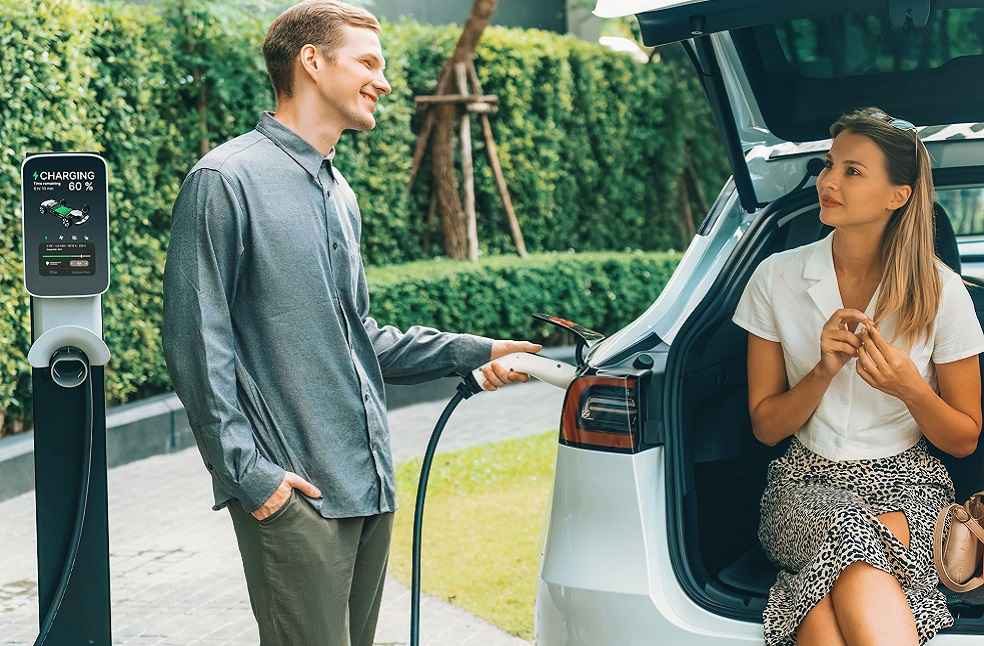The US EV sales are showing a strong recovery, boosted by government incentives and growing consumer interest. Despite challenging market conditions, the second quarter of 2024 saw 386,221 EV registrations — marking a 9% increase compared to the same period last year, according to the Alliance for Automotive Innovation’s Electric Vehicle Quarterly Report.
One of the major driving forces behind this surge has been the Inflation Reduction Act (IRA). Since its implementation, over 300,000 clean vehicles have benefited from upfront discounts through federal tax credits. The Department of the Treasury and the IRS announced on Tuesday that these incentives have saved consumers more than $2 billion on electric and plug-in hybrid vehicle purchases so far this year.
The IRA’s tax credit transfer mechanism, introduced earlier this year, plays a pivotal role in boosting EV adoption. The policy allows buyers to benefit from tax credits of up to $7,500 directly at the point of sale, rather than waiting until tax season. This has been a game-changer for many potential EV owners, making the initial investment more manageable and spurring demand.

The Treasury Department highlighted that more than 250,000 of the advanced payments were related to tax credits for new clean vehicles. Furthermore, the new system has gained significant traction, with over 14,000 dealerships registering with the IRS Energy Credits Online platform since its launch in January. The program’s popularity is reflected in the numbers: 93% of new clean vehicle transactions and over 85% of used vehicle transactions opted to transfer the tax credit to the dealer, significantly simplifying the purchasing process for consumers.
However, despite this uptick in sales, EV infrastructure still lags behind. The report revealed that only 10,121 new public charging ports were added during the second quarter — translating to a ratio of 38 new EVs for every new charging point. As of late August, the total number of publicly available charging ports in the US stood at over 192,000. This slow growth in infrastructure is a major bottleneck for the widespread adoption of electric vehicles.
According to J.D. Power’s EV Index, the current state of EV infrastructure scored a mere 46.2 out of 100, indicating a significant gap before EVs can achieve parity with internal combustion engine vehicles in terms of convenience and accessibility.

In a bid to address these infrastructure challenges, the Biden administration recently proposed new measures to expand access to charging facilities. The proposal includes individual tax credits of up to $1,000 and business credits of up to $100,000 for installing clean transportation equipment, aiming to accelerate the buildout of a comprehensive EV charging network.
With a mix of financial incentives, consumer interest, and government-backed infrastructure projects, the momentum behind EV adoption in the US appears stronger than ever — though the challenge of creating an equally robust charging network remains a critical hurdle to overcome.
DON’T MISS | Global Impact: India Strengthens Automobile Scrap Policy





